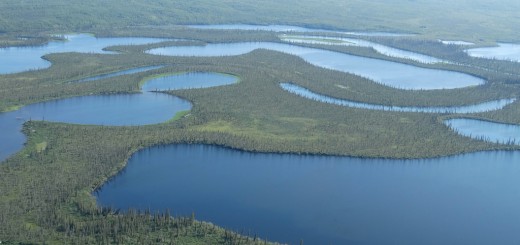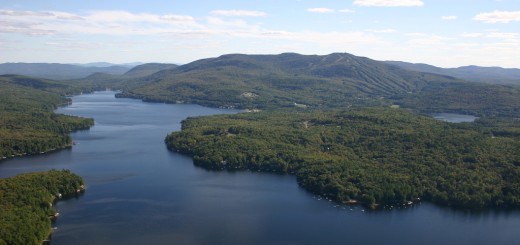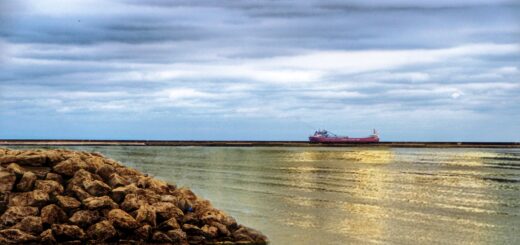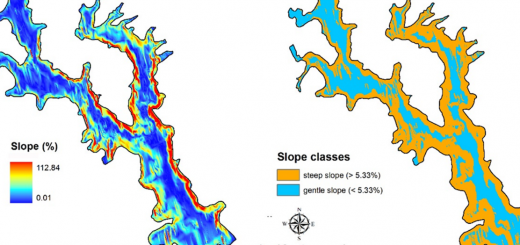Research Abstract: Metagenomic Investigation Of Viral Communities In Ballast Water
0
The M/V American Integrity as it transits the Duluth Ship Canal. It is a 1000-foot freighter that carries bulk cargo around the Great Lakes. (Credit: Flickr User Pete Markham via Creative Commons 2.0)
Ballast water is one of the most important vectors for the transport of non-native species to new aquatic environments. Due to the development of new ballast water quality standards for viruses, this study aimed to determine the taxonomic diversity and composition of viral communities (viromes) in ballast and harbor waters using metagenomics approaches. Ballast waters from different sources within the North America Great Lakes and paired harbor waters were collected around the Port of Duluth Superior. Bioinformatics analysis of over 550 million sequences showed that a majority of the viral sequences could not be assigned to any taxa associated with reference sequences, indicating the lack of knowledge on viruses in ballast and harbor waters. However, the assigned viruses were dominated by doublestranded DNA phages, and sequences associated with potentially emerging viral pathogens of fish and shrimp were detected with low amino acid similarity in both ballast and harbor waters. Annotation-independent comparisons showed that viromes were distinct among the Great Lakes, and the Great Lakes viromes were closely related to viromes of other cold natural freshwater systems but distant from viromes of marine and human designed/managed freshwater systems. These results represent the most detailed characterization to date of viruses in ballast water, demonstrating their diversity and the potential significance of the shipmediated spread of viruses.
Full study, including methods, results and conclusions, available in Environmental Science & Technology under an open-access license.













